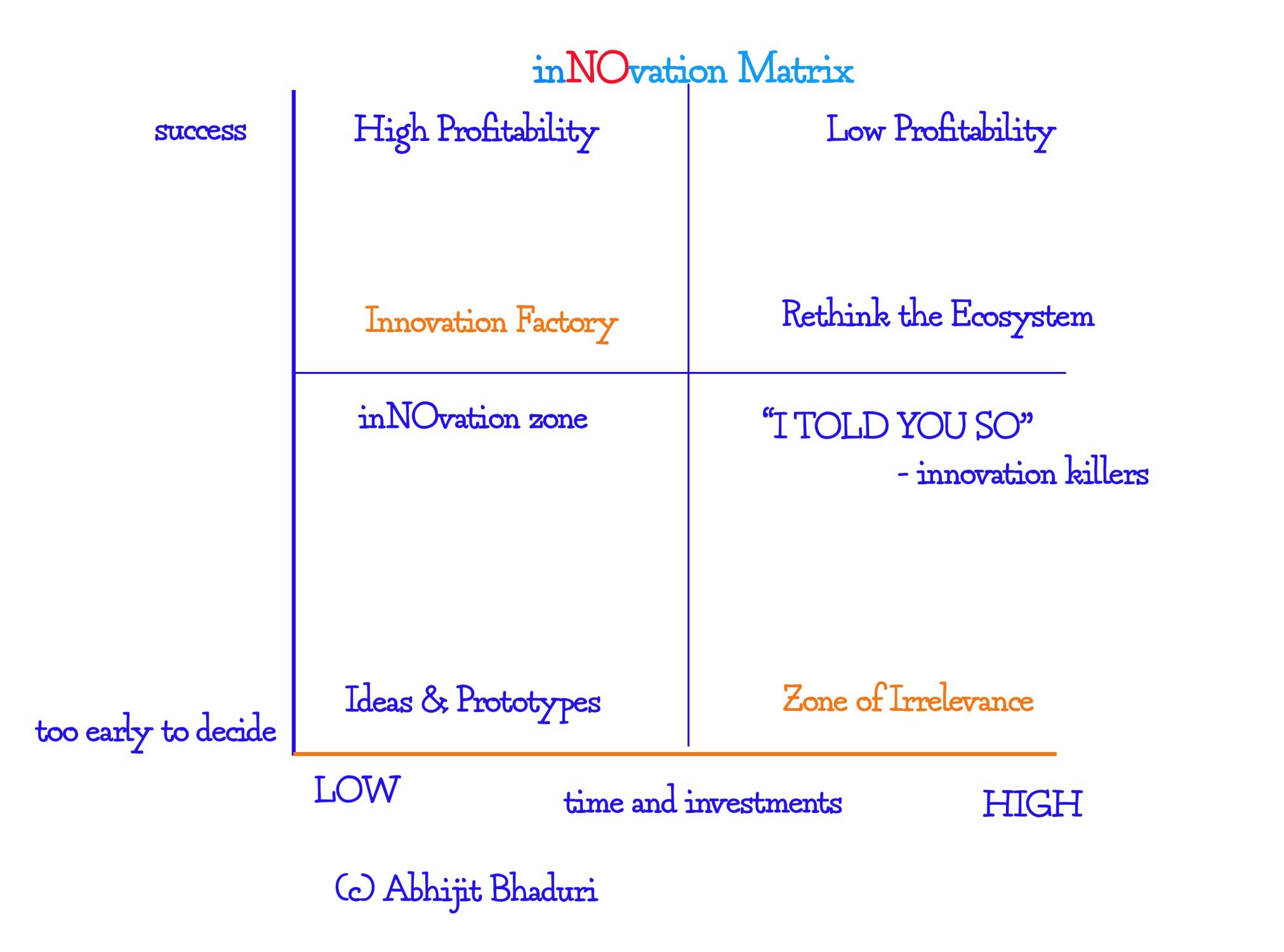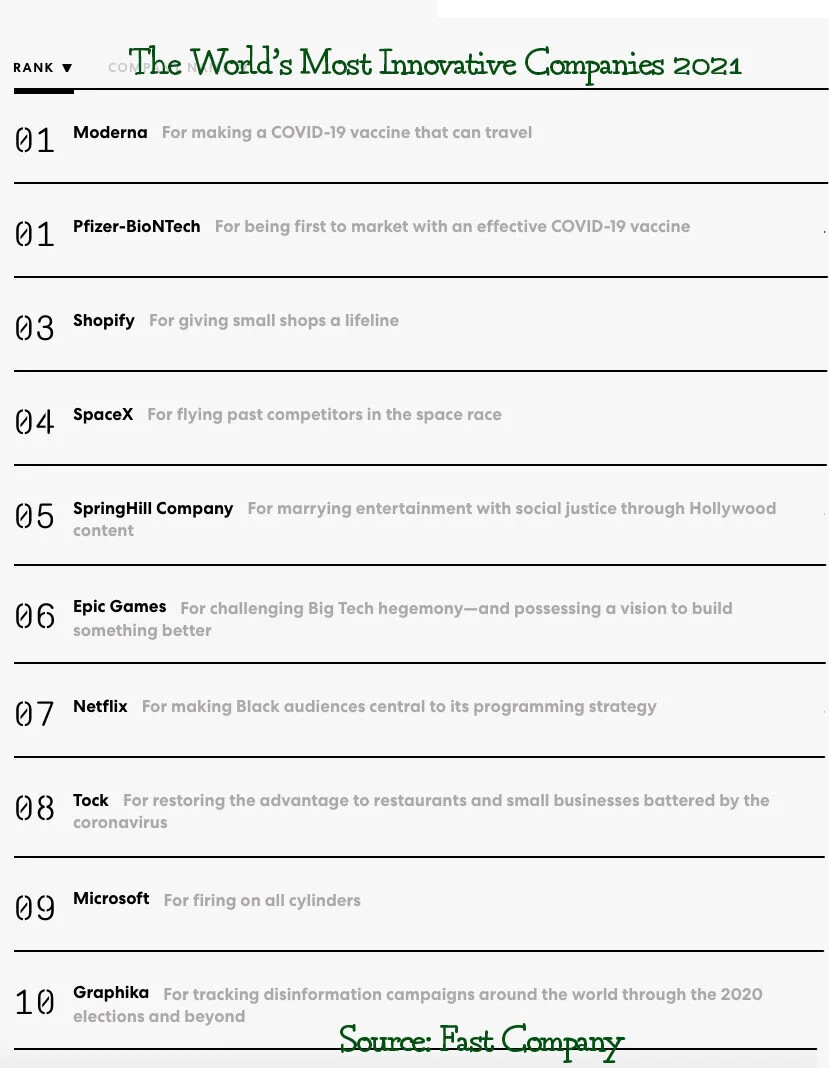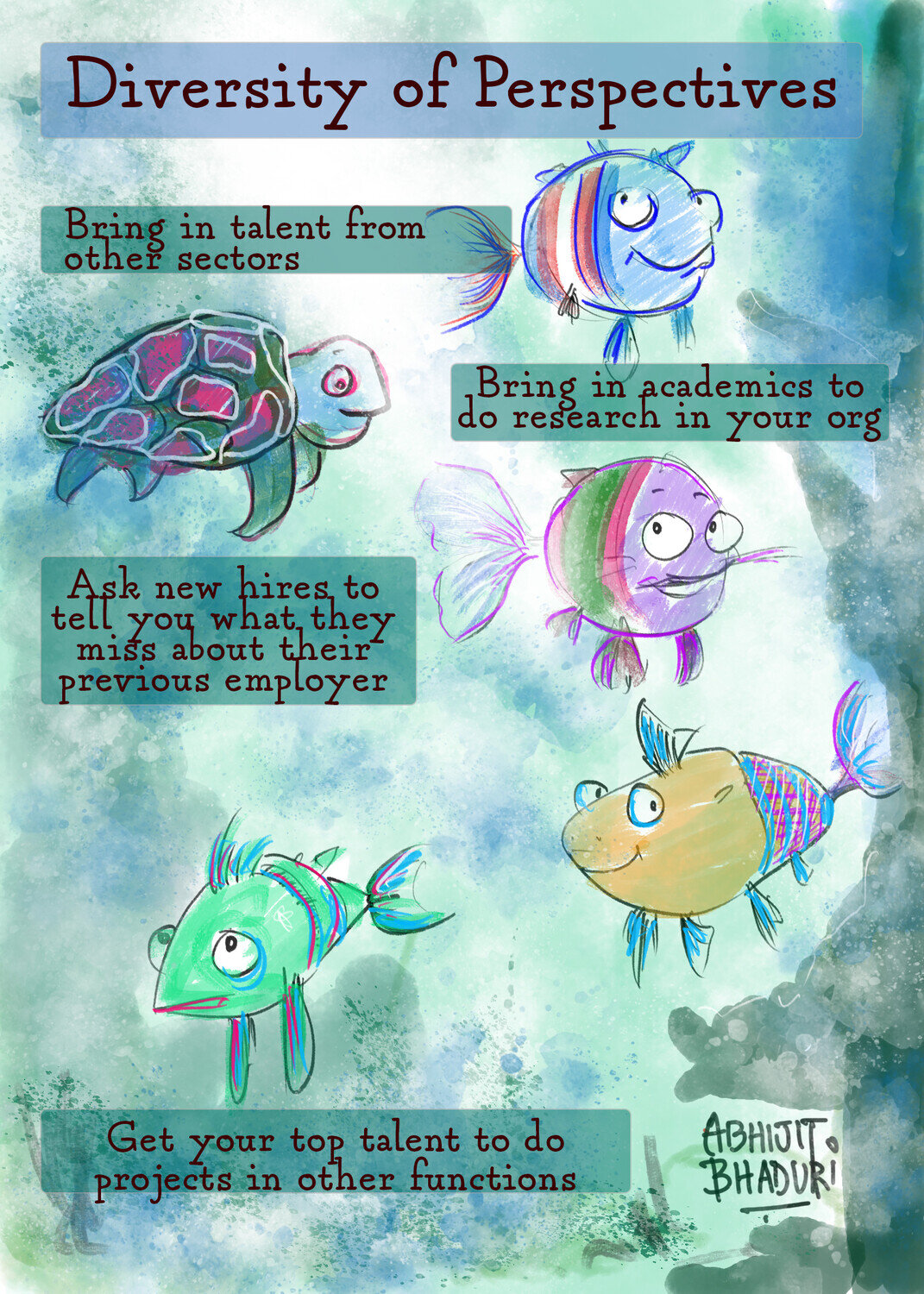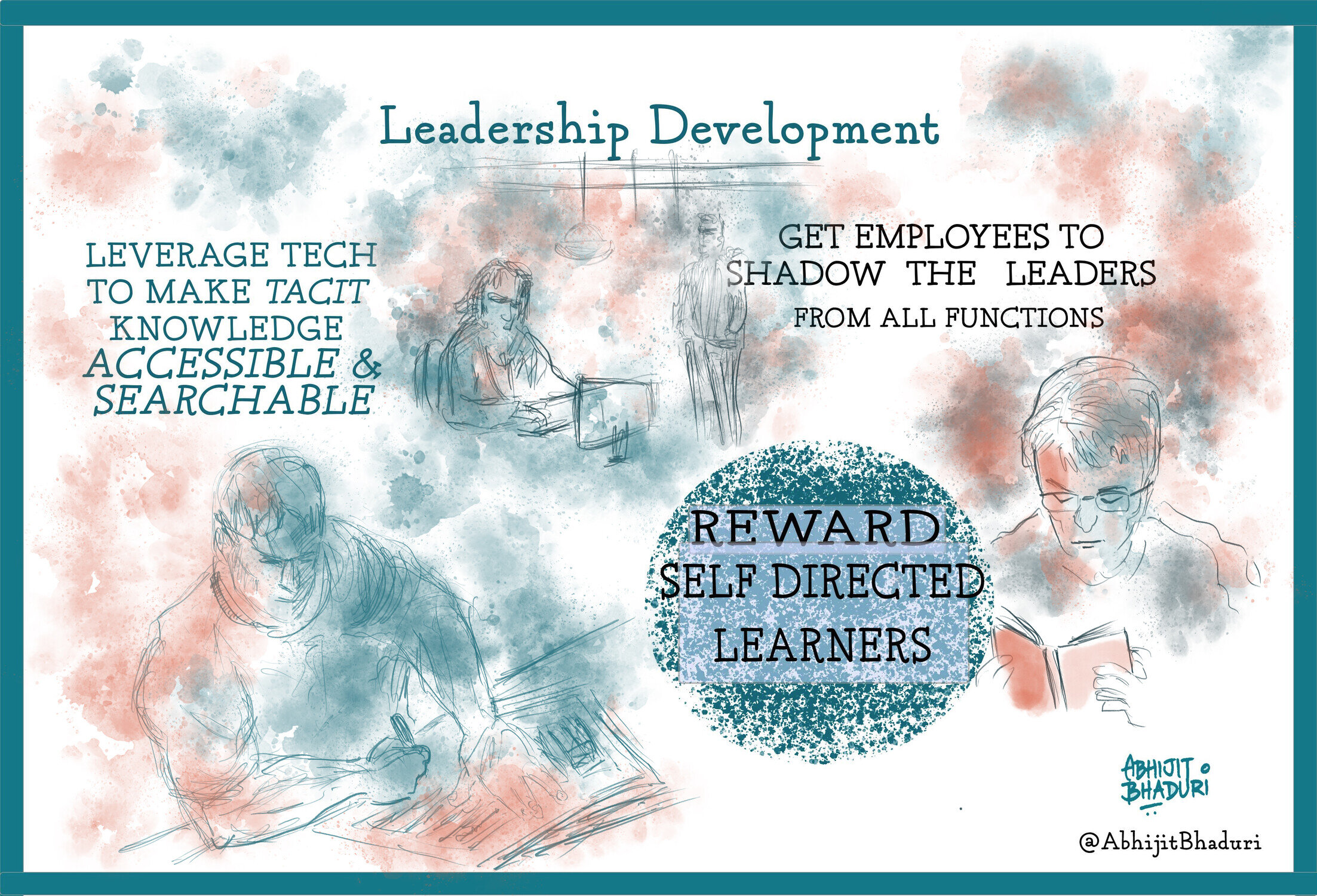Taking the NO out of inNOvation
Why don't Dreamers become Unicorns. Why do Unicorns and even Market Shapers stop innovating and become irrelevant? Here is how you take the NO out of inNOvation.
Do you like this comic book style illustration? Please leave a comment and let me know.
Many a slip between the cust and the Veep
Telefónica set up its London incubator to innovate its way into the digital world. Telefónica Digital was dissolved after just two and a half years. Despite the deep pockets Telefónica lost the window of opportunity. Vodafone was ahead of the curve on mobile wallets and mobile commerce. What went wrong? (Read more)
Adidas bought Reebok in 2006 and fifteen years later, they are selling it off. The leaders at Reebok failed to capitalise on the consumer trend toward athleisure wear. Athleisure caters to people who don't want to do the hard work of athletics, but want to LOOK athletic. It was clearly an innovation moment that was missed.
The leaders at Adidas (and Reebok) and Telefónica missed an innovation opportunity and define the rules. (Read more)
Human Insights = Innovation
Why do successful companies lose the race? It is not the business model or the financial metrics that kill a business. It is the opportunity to innovate. Innovation is a human process. It eventually boils down to the leaders being inward looking. The result is that their talent strategy is disconnected from the business challenges and opportunities. The biggest stumbling block is the culture of innovation that every business has to build.
What makes Louis Vuitton, Burberry and Gucci move into digital fashion? It is the rise of intangibles (read more about the 5 Shifts in Dreamers & Unicorns). People want to post pictures without having a bloating wardrobe. So they spend real money buying clothes for their avatars. (Read this)
There is NO built in to inNOvation
Innovation needs to be managed. In the Innovation Zone besides investing in multiple prototypes and knowing when to fund and when to kill is a powerful moment. The correct decision can create an innovation pipeline.
Innovative companies exist in every sector.
How diverse is my talent
The Most Innovative list is the 2021 from Fast Company is an interesting mix that cuts across sectors and problems. It is only a diverse talent pool that fuels innovation for an organisation. Complex problems need diverse talent pools to be solved.
Stop hiring the way you always have
Humans love to hire people who are like them. They hire people who share similar interests (eg golf); or have been to the same college or universities and studied the same subjects. That makes life easy in the meeting room. People agree on every idea. But that is also where the opportunity to innovate diminishes.
Here are four ideas you can try.
Bring in talent from other sectors:
Benchmarking was a powerful tool in the pre-pandemic world. Today that is limiting factor. Compaq was one of the first companies to build the IBM PC compatible computers. The automobile industry dragged its feet on the Electric Vehicles. The giants are still betting on fossil fuels. As the organisations become bigger, the silos get more entrenched and compete with each other. When a leader is brought in from outside, the chieftains of the silos gang up to ensure that the "outsider" fails. (Read about 50 such examples).
2. Bring in academic research
The easiest way to dismiss an academic's recommendation is to call is, "too academic and not practical". When someone sells a leadership development program as "not practical", tell them that the brightest ideas have to be implemented by the participants to make it practical. Practical ideas are already being practiced. What you need is insights from research.
3. Leverage new hires
Every time the new hire says, "In my previous company, we had ..." or "I could never think of doing ... in <name of previous employer>", listen to the ideas. Most colleagues will roll up their eyes, clench their teeth and mutter under their breath, "If everything was so great why did you leave the company?" Instead use it as a prototype that has been tried and tested somewhere. Evaluate it for relevance to your context.
4. Cross-functional projects
Doing cross-functional projects with people drawn from across the organisation is a powerful way to build leadership skills. Do 30-60 day projects. Get the rest of the organisation to vote which projects have had a real impact. Reward the self-directed leaners.
Read: How to manage the superstar/ workplace unicorn
Read: 5 Leadership Training ideas
What are ways to build a more diverse talent pool? Do share your ideas with other readers by leaving a comment.
Thanks for reading and sharing this newletter with others










